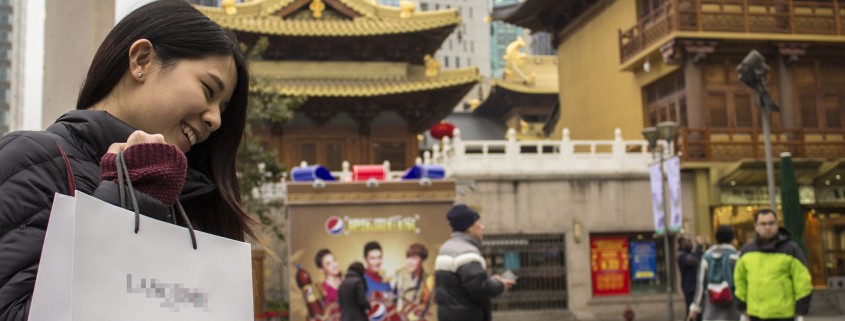The evolution of gifting as a practice
China as a country is ever evolving in every sector and category of consumer market. The economic shift in the country’s fortunes has had a consequent impact on Chinese lives as well as their habits. So much so, that a practice of yesteryear would seem a mere passé in the current day and age.
Take for instance gifting as a practice. It’s a good barometer of how the society has changed and evolved over a period of time. For centuries, Chinese people have exchanged gifts as part of a tradition to show courtesy and enhance people’s connections for both business and personal purposes. With ever increasing disposable incomes – more people coming into the wealthy class every year – impact of western culture, new emerging technologies, rising pride of being Chinese, and last but not least by anti-corruption campaign, gifting as a practice has evolved, adopted and even gone digital.
Some manifestations of these changes in the gifting practice are very palpable. When gifting, a lot of Chinese people have now started to prefer low key but high quality products instead of gifts with an ‘in your face’ brand logo. For instance, comparatively low-key brand Bottega Veneta posted almost 30% growth in Greater China as opposed to Prada which has posted 30% decline in sales globally mostly in part due to declining sales in China.
Chinese consumers also seem to be adopting different cultures given the global integration of the Chinese society. They now celebrate alien festivals e.g. Christmas and Valentine’s day, and spend money gifting premium chocolates, imported wine and even upmarket lingerie.
Another aspect that is unique to China is the digital nature of the Chinese consumers. The popularity of “Wechat Hongbao” (sending each other lucky money on Wechat) in Chinese New Year is a good example that shows how new technology has influenced gifting habits. More than a billion red envelopes were exchanged through WeChat on Chinese New Year’s Eve alone.
However there is one big trend that seem to have had the most impact on Chinese gifting and more so on Chinese economic elite: the current anti-corruption drive. As a consequence of this, consumers have started to move to second rung of brands such as Micheal Kors, Balenciaga among others. Another consequence we observe is the emergence of experiential luxury as a gifting choice. More and more Chinese people are opting for exotic spas, luxury vacations and even staycations as gifting choices.
The opportunity for brands
As an industry, Gifting has grown leaps and bounds over the years. This market is now valued at a whopping RMB 770 billion (Source: China gift research institute) and still growing. The categories that account for a lion’s share of this market are alcoholic beverages (eg. Baijiu, Cognac, Wine etc.), writing instruments (eg. Pen etc), accessories/watches/Jewellery, food/beverage (eg. Chocolate etc.), bone china, beauty & color cosmetics as well as experiential luxury (eg. Resort etc.).
Some of these categories have been traditional gifting sources where as some very new e.g. experiential luxury. As a gifting category, it was almost unknown until recently. However with maturation of the Chinese people coupled with need to be less boisterous given the anti corruption drive, categories of this kind are fast emerging as an alternative gifting choice.
Deciphering gifting as a practice to optimize brand initiatives
This change in the gifting practice calls for a thorough understanding of psychological motives rather than just studying behaviour. The prime reason being the fact that gifting at the very basic level tends to be more emotive rather than just a functional practice. Therefore understanding where the consumer is coming from is more insightful in understanding the stated behaviour rather than just knowing what the consumers do as a consequence.
Ifop Asia is currently undertaking a syndicated study on gifting to unearth insights into this fascinating world of Chinese gifting. The survey delves into not only quantifying behaviour with respect to gifting across categories of interest but also understand the motivations behind gifting.
In fact sizing the motivations behind gifting followed by mapping of categories and brands on those motivations is the starting point to understand the whole puzzle of Chinese gifting behaviour. This approach helps transcend categories and will let you know the motivation your brand is currently playing on, and if that is where you would like to continue playing. A decision on the same would need to be undertaken keeping the size of the motivation and the competition across categories in mind.
Moreover, the study also aims to understand the hygiene, drivers and differentiators of gifting practice in general and business/personal type of gifting in particular. An understanding of this is likely to help marketers to prioritize their effort to maximize their appeal to consumers.
This survey also aims to unearth trends in gifting, so that one can map the evolution of the categories and brands across the years and by occasions.
The subscription to the study is currently open and field work will be conducted in the month of April 2015. If you’re interested in subscribing, please do get in touch with Manohar Balivada.












